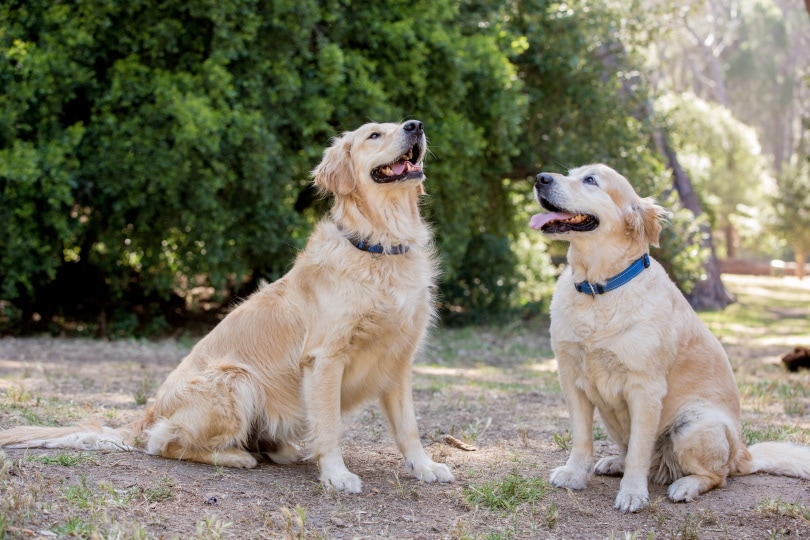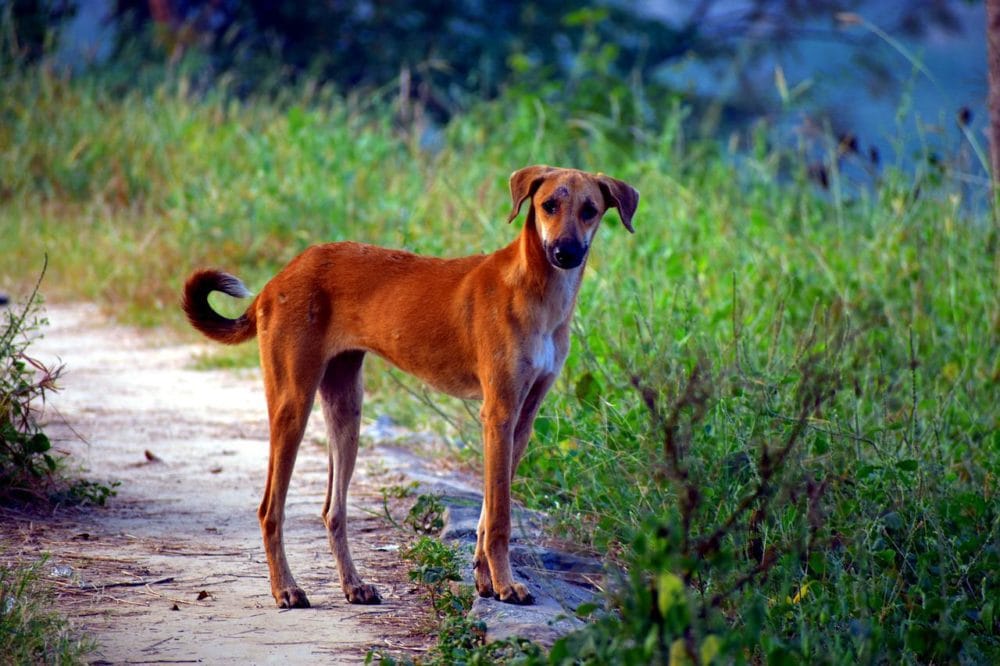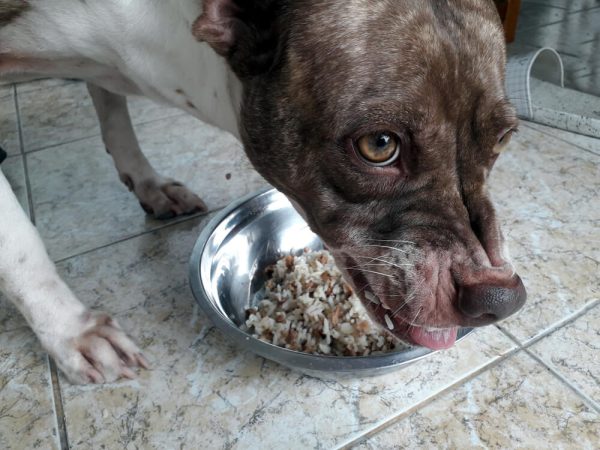It is difficult to determine the exact number of dogs owned in India or which types are the most prevalent, primarily because dogs do not need to be registered. However, the list of most popular breeds is very similar to the list of the most popular breeds globally, with the addition of some breeds native to India.
Below, we have included 10 of the most popular dog breeds, as well as some information on each breed. Hopefully, the list can give you some inspiration to find your next pet.

The 10 Most Popular Dog Breeds in India
1. Labrador Retriever

| Dog Group | Sporting |
| Size | Large |
| Life Expectancy | 10–12 years |
The Labrador Retriever routinely tops the list of the most popular dog breeds in the world. The breed is intelligent and always keen to please its master, which makes training easy. They are great with family members of all ages, get along with strangers, and they are adjustable. They do require daily exercise, however, and they can become overweight because they have a seemingly endless appetite. They do not make good guard dogs because they are usually more likely to invite strangers in rather than stop them from getting through the door.
2. German Shepherd

| Dog Group | Herding |
| Size | Large |
| Life Expectancy | 10–13 years |
The German Shepherd was, as the name suggests, bred for herding. This large breed is very intelligent and, although it will get on well with all family members and is not an aggressive dog when well trained and with proper socialization, is widely used as a guard dog, police dog, and armed forces dog. Although easy to train, they do need regular grooming and exercise.
3. Golden Retriever

| Dog Group | Sporting |
| Size | Large |
| Life Expectancy | 10–12 years |
Golden Retrievers are often described as long-haired Labradors, and while they do share a lot of similarities, they are also quite different. Golden Retrievers are just as loving and family oriented as Labrador Retrievers. They actually tend to be a little less energetic and springy than the Labrador, which is renowned for being puppy-like throughout its life. But the Golden Retriever does need regular grooming and actually needs a little more daily exercise than the Labrador.
4. Beagle

| Dog Group | Hound |
| Size | Small |
| Life Expectancy | 12–15 years |
The Beagle is a hound dog with an excellent sense of smell and that was bred to hunt small game. Although they are intelligent, this small breed can be stubborn, so it will take time and effort to fully train one. They enjoy walks and playtime and are good dogs for taking part in canine sports. You will need to ensure that your Beagle is entertained and well-exercised to ensure that it becomes a well-adjusted member of the family.
5. Dachshund

| Dog Group | Hound |
| Size | Small |
| Life Expectancy | 12–15 years |
The Dachshund is one of the most easily recognized of all dog breeds thanks to its elongated back. While liver and black is the most common color combination, the Dachshund can come in a variety of colors and even with longer hair. Their long body was bred into this breed so that they could effectively hunt burrowing animals, and they still enjoy burrowing under blankets and cushions. They do have a lot of energy, and this can be a problem because of their long backs. You will need to pay attention and ensure that they don’t injure themselves.
6. Pug

| Dog Group | Toy |
| Size | Small |
| Life Expectancy | 12–15 years |
The pug is an ancient dog breed with a regal history, having been bred as a companion to members of the Chinese royal family and elite classes. It has a playful character and loving nature, which makes it a good choice of dog for families with children, although it is very small, so you do need to ensure that it doesn’t get injured during any particularly rough play sessions. Although the pug is clever, it tends to know its own mind, which is another way of saying that it will often do what it wants.
7. Pariah

| Dog Group | Landrace |
| Size | Medium |
| Life Expectancy | 12–16 years |
The Pariah is a landrace dog native to India. Landrace dogs are those that have evolved from indigenous dogs and have adapted to their environment and way of life. They are a popular pet because they tend to be loving, gentle, intelligent, and are perfectly adapted to the climate. They can usually be adopted for free and are considered sturdy and hardy animals.
8. Indian Spitz

| Dog Group | Toy |
| Size | Small |
| Life Expectancy | 10–13 years |
The Indian Spitz is another dog breed that is native to India and is well adapted to the country’s climate. They do require some grooming but are kind and affectionate, fit in well with families, and they are intelligent enough to be easy to train. Although they look like a Pomeranian, they are a different breed, and the Indian Spitz is taller and heavier than its Pomeranian counterpart.
9. Boxer

| Dog Group | Working |
| Size | Large |
| Life Expectancy | 10–12 years |
The Boxer is the clown of the list, seemingly always willing to play the fool to raise a smile from its owner. It is a loving dog that is very affectionate with family, but it can be aggressively loyal and protective and will never shy away from a fight or threatening situation. Although this breed is bright and intelligent, it is easily distracted which can make training challenging.
10. Great Dane

| Dog Group | Working |
| Size | Large |
| Life Expectancy | 8–10 years |
The Great Dane is one of the largest dog breeds in the world and can tower over its family members. Despite this, the breed seems to have an inherent understanding of its size and is gentle and caring, especially with children. The Great Dane doesn’t require as much exercise as its size would suggest.

Final Thoughts
Choosing the right dog breed means getting one that is right for your circumstances and requirements. Consider your family and the age of family members, as well as how much time you can dedicate to exercising and training and how much grooming you want to undertake. Above are 10 of the most popular dog breeds in India, but there are dozens of others to choose from, as well as mongrels that are not purebred but can make equally great pets.
Featured Image Credit: Edgar Daniel Hernández Cervantes, Pexels



















